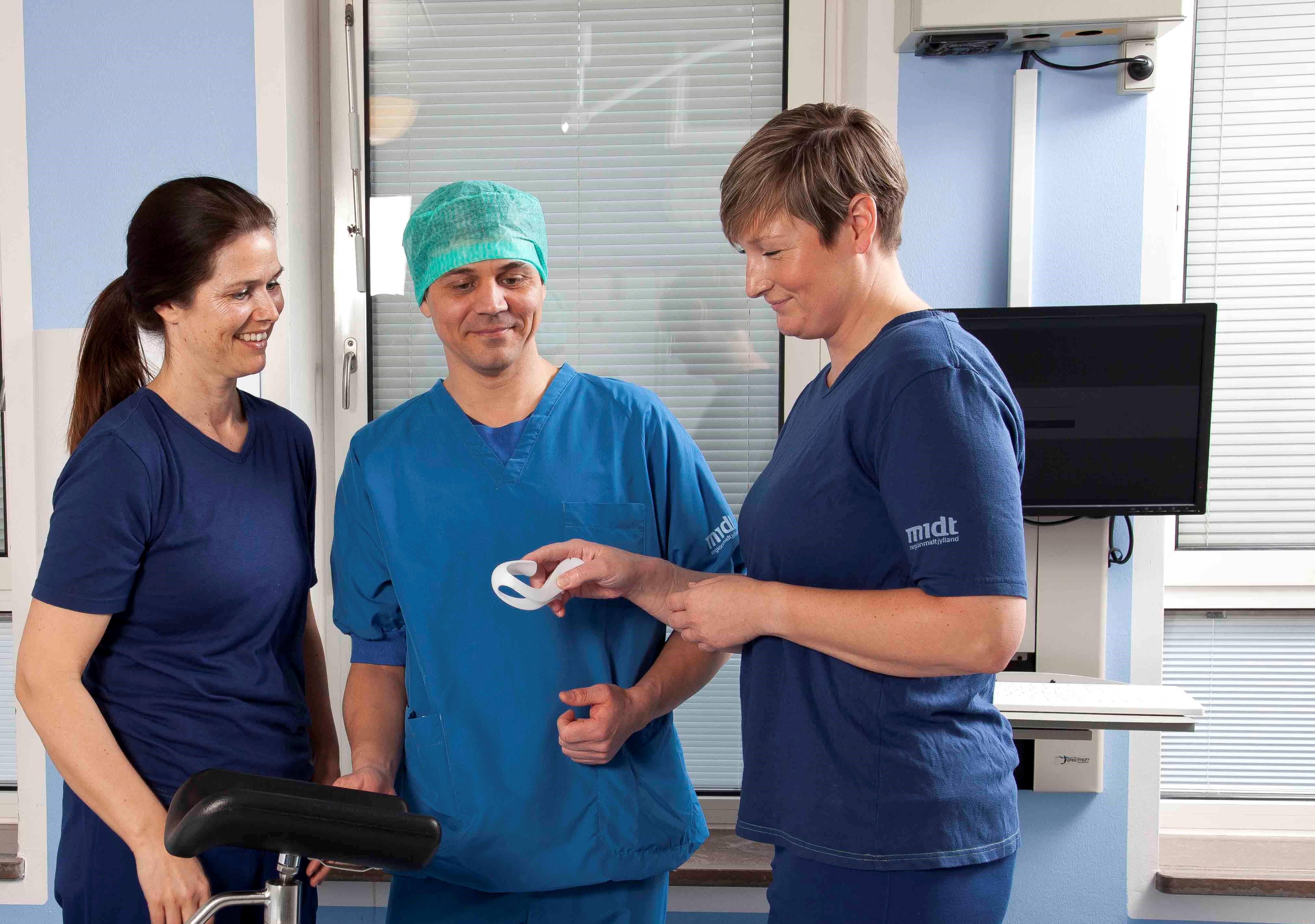What is Vernix?
Leave a CommentWhat is Vernix: The Protective Marvel on Newborn Skin
In the awe-inspiring world of pregnancy and childbirth, the term “vernix” may not be as familiar as the fluttering of the baby’s first kicks or the anticipation of the initial ultrasound. However, this seemingly unassuming substance plays a crucial role in nurturing and safeguarding a newborn’s delicate skin. In this blog post, we will delve into the fascinating realm of vernix, exploring what it is, its functions, and why it’s a remarkable part of the birthing process.
What is Vernix?
Vernix, scientifically known as vernix caseosa, is a creamy, white, waxy substance that coats the skin of a fetus during the later stages of pregnancy. The word “vernix” is derived from the Latin word for “varnish,” a fitting term for this protective coating that covers the baby’s skin in the womb.
So why is vernix there ? One of the primary roles of vernix is to create a protective barrier on the baby’s skin while in the amniotic fluid. This barrier serves as a defense against the amniotic fluid’s acidic nature, preventing the baby’s skin from becoming overly wrinkled or waterlogged.
- Thermoregulation: Vernix also aids in regulating the baby’s body temperature. It acts as an insulator, helping the newborn maintain a stable temperature as they transition from the warm environment of the womb to the cooler surroundings of the delivery room.
- Skin Hydration: Vernix has moisturizing properties that contribute to the hydration of the baby’s skin. This is especially vital in the late stages of pregnancy when the baby is developing and the protective coating prevents the skin from drying out.
- Antimicrobial Defense: Research suggests that vernix possesses antimicrobial properties, offering a natural defense against bacteria. This is particularly crucial during the birthing process, as it provides an initial shield for the baby as they encounter the outside world.
The Journey from Womb to World:
As the baby makes the journey through the birth canal during delivery, much of the vernix is naturally removed, especially in areas where friction occurs, such as the head and face. However, remnants of vernix may still be present on the baby’s skin after birth, particularly in skin folds and creases.
Post-Birth Benefits:
- Skin Protection: The residual vernix on a newborn’s skin continues to offer protection against environmental factors in the immediate post-birth period.
- Maternal Bonding: Vernix can carry a scent that is unique to the baby and may contribute to the recognition of the newborn by the mother. This olfactory connection is believed to play a role in early bonding.
In Conclusion:
Vernix is often overlooked but it has an interesting and unique role to play in your baby’s development and birth. This waxy substance, carefully crafted by the baby’s developing skin, serves as a guardian during the prenatal period and offers initial protection as the newborn takes its first breaths.
The information found anywhere on this website, including but not limited to text, graphics, images and any other material therewith is for information purposes only. No material on this website is intended to be a substitute for professional personalised medical advice, diagnosis or treatment. By providing the information contained herein we are not diagnosing, treating, curing, mitigating or preventing any type of disease or medical condition. Always seek the advice from a registered health care professional if you have any questions regarding any medical concerns or conditions. Do not disregard professional medical advice or delay in seeking it because of something you have read on this website.

